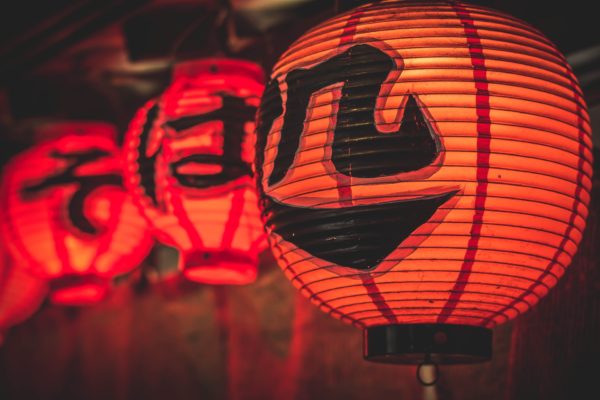Why is translation into Japanese So Hard?
The Japanese language is undoubtedly one of the most complex languages in the world. Which makes translation into Japanese very hard indeed. It is dubbed as the hardest language for westerners to learn, and the reasons are not far-fetched.
Cultural factors of translation into Japanese
One, there’s a noticeable cultural difference. Understanding the cultural difference is vital to localizing content that’s acceptable to the Japanese audience.
For instance, the Japanese people are culturally sensitive and strict about localized terms in business. Hence, translating to Japanese from English requires an enormous amount of focus and attention to details.
Also, when translating material into the Japanese language, it is essential to put into consideration the concept of ‘wa’ which means harmony to avoid putting off or jarring the locals.
Grammar
Secondly, translators translating from Japanese to English and vice versa have to grapple with grammatical differences in both languages. Since both languages have an entirely different linguist origin, many words in English do not have a direct equivalent in the Japanese language.
One example is the word ‘Yoroshiku Onegaishimasu,’ which is hard to translate. It can mean different things, depending on context and usage. The word can mean “Nice to meet you” used when you’re meeting someone for the first time. It can also mean “Please help me out” when asking for a favor from someone. Or, “I’m counting on you” when you need someone to know you depend on them for something.
Interestingly, there are still several use situations and nuances in this singular word, but the English language does not have any word that captures the essence of the ‘yoroshiku onegaishimasu’ concept in all its nuances and potential use contexts.
Tone and register
Also, when translating to Japanese, translators face the challenge of conveying tones. While the English language has a more streamlined way to show formality and informality, the Japanese language has a lot more levels and layers, which makes it a bit trickier.
There is no distinction between singular and plurals forms in the Japanese language, which means a typical English-to-Japanese translator will have to rely on context to decide which form the words take.
Since there’s no way to be sure whether the words are meant to be singular or plural and the fact that often the method of counting regularly changes depending on the context, it makes the translation job a lot more complicated.
The Japanese language is steeped in perfectionism. For example, the English language has countless ways to spell or represent a word – the British vs. American English comes to mind here – which creates a variety of acceptable ways to phrase things. However, there’s no such flexibility in the Japanese language. The implication is that any slight approximation could render the whole material intelligible to Japanese speakers.
Style and trends
Finally, the complex Japanese writing style differs significantly from the English language. Kanji, which is the written form of Japanese, relies on the use of strokes delicately placed on complicated character sets to convey various words and clauses.
Conclusion
This form of writing becomes a problem when translating from Japanese to English as there is just no English equivalent of how Japanese content writers lay out their sentences and show meaning.

